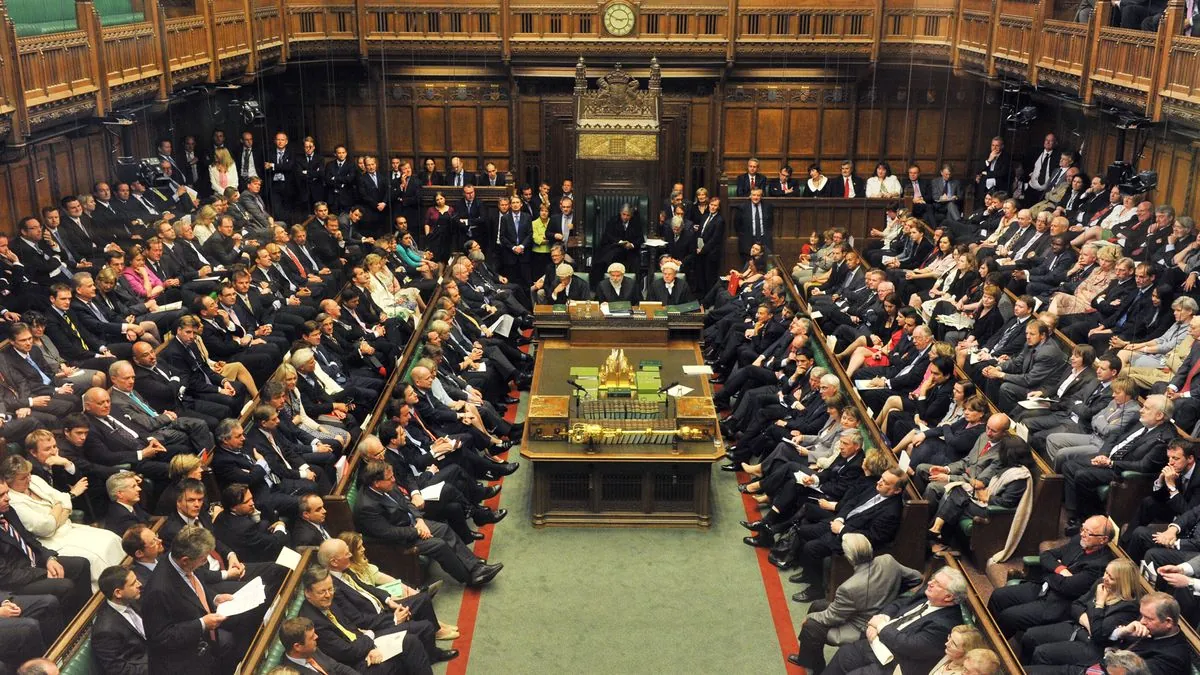US Considers Escorting Philippine Vessels Amid South China Sea Tensions
US contemplates supporting Philippine resupply missions in disputed South China Sea shoals. Tensions rise as China blocks access, while US balances global military commitments and strengthens Asian alliances.

The United States is contemplating escorting Philippine vessels during resupply missions to disputed shoals in the South China Sea, as tensions between Manila and Beijing continue to escalate. This development comes amid a broader context of US military commitments worldwide and shifting strategic priorities in Asia.
Admiral Samuel Paparo, commander of the US Indo-Pacific Command, stated during a conference in Manila that escorting Philippine vessels is "an entirely reasonable option" under the 1951 Mutual Defence Treaty between the two nations. This statement was made at the 35th annual Military Law and Operations Conference, held from August 27-30, 2024, in the Philippine capital.
The conference's timing and location are significant, given the recent confrontations between Philippine and Chinese vessels near Second Thomas Shoal and Sabina Shoal. Since late 2023, Chinese patrol boats have been attempting to block Philippine supply ships from accessing these disputed areas.

In June 2024, a violent face-off resulted in a Filipino marine losing his thumb during a collision with a Chinese vessel. More recently, collisions have occurred between Chinese patrol ships and Philippine vessels resupplying the BRP Teresa Magbauna, which has been anchored at Sabina Shoal since April 2024.
The situation in the South China Sea is complex, with multiple nations claiming sovereignty over various islands and maritime features. China asserts jurisdiction over most of the area within its "nine-dash line," a claim rejected by a 2016 ruling from the United Nations maritime court in The Hague.
"The attitude of the armed forces of the Philippines...is for us to first rely on ourselves. We are going to try all options, all avenues that are available to us in order for us to achieve the mission..., in this case, the resupply rotation of our troops. We will then seek other options when we are...constrained from doing it ourselves."
While the Philippines has been conducting joint patrols with the US, Canada, Australia, and Japan since November 2023, the potential US escort of Philippine vessels into contested waters would mark a significant escalation.
The US Navy's global commitments are evident in its current deployments. Two aircraft carrier battle groups are patrolling the Indian Ocean to deter Iran from striking Israel, while no carriers are present in Asia for the first time since 2001. This situation reflects the challenges faced by the US in balancing its military resources across multiple regions.
As tensions persist in the South China Sea, the US continues to strengthen its "latticework" of alliances in Asia, particularly with Japan, South Korea, the Philippines, and Australia. This strategic shift comes as the US encourages European nations to take greater responsibility for their own defense, allowing Washington to focus more on the Pacific region.
The ongoing disputes in the South China Sea, including China's construction of military outposts on contested islands and its "maritime militia" activities, underscore the long-standing nature of these tensions. As the situation evolves, the international community watches closely to see how the US and its allies will navigate these complex geopolitical waters.


































